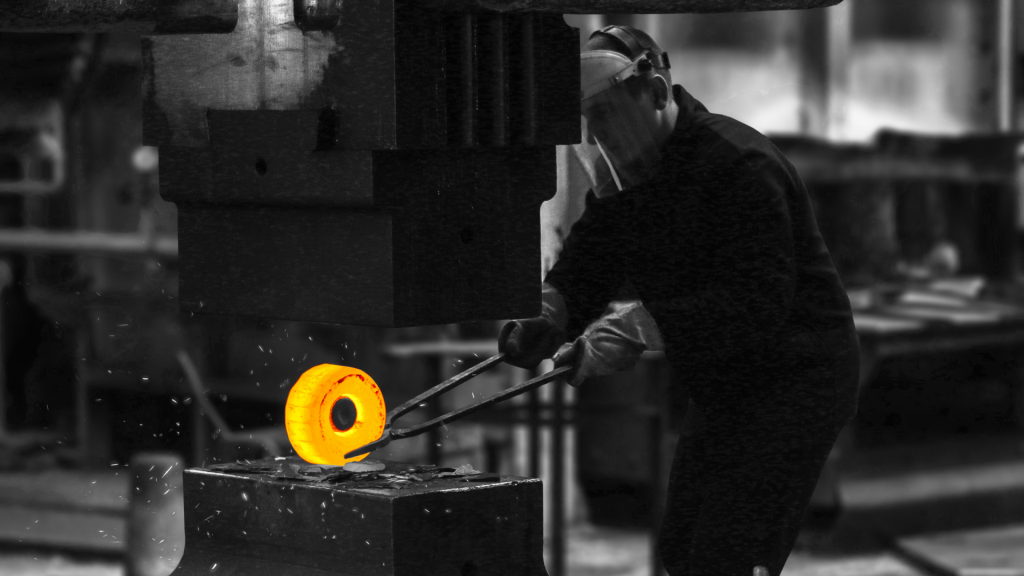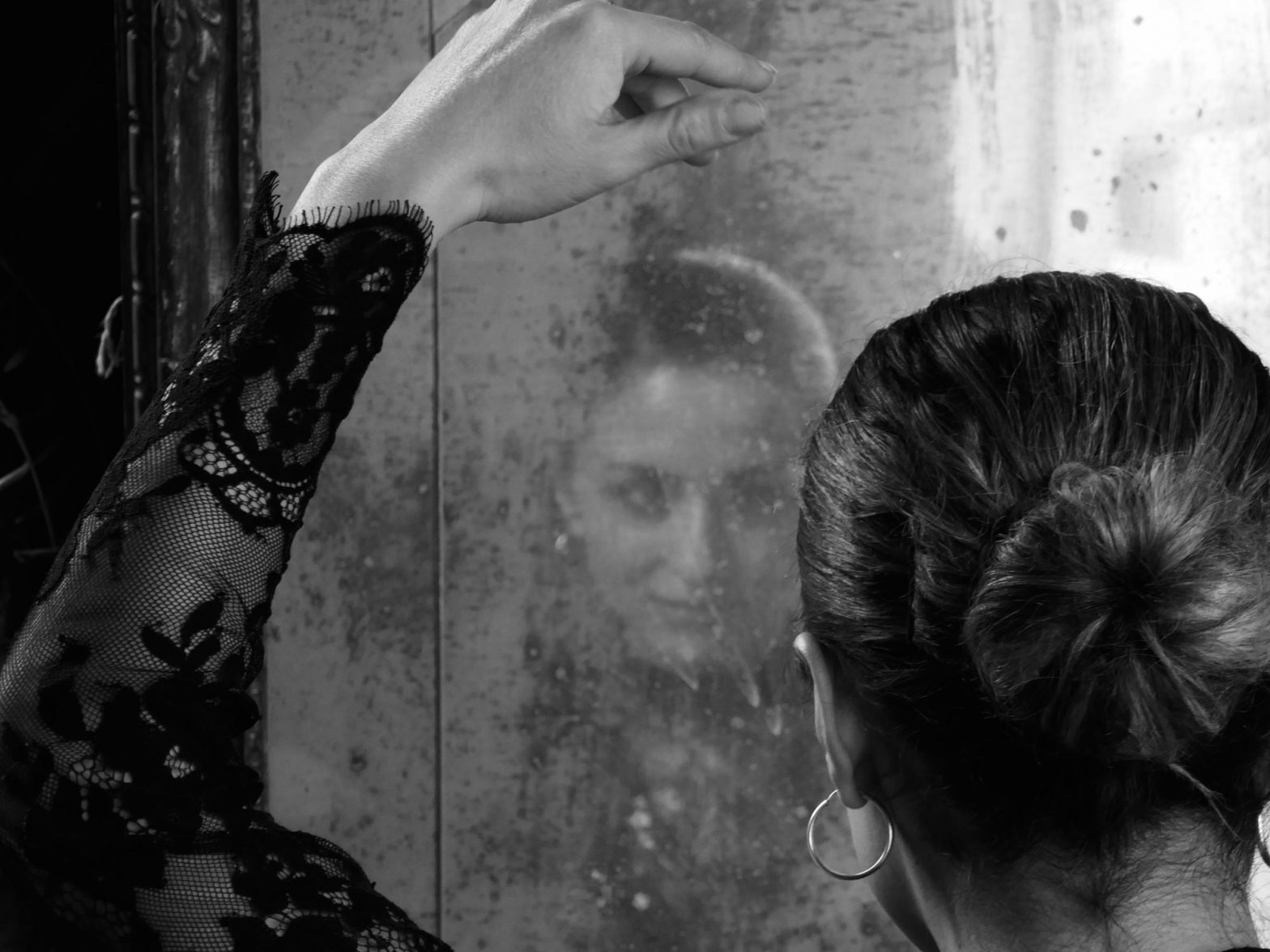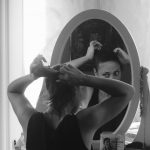When you start learning Dutch, you will quickly realise that without knowing the basics of how to use the definite articles, to use “De” and “Het” in Dutch it will be difficult to form a proper sentence in Dutch.
Unfortunately, there is no fixed rule that will help you master this stage of learning in just a few minutes, but there are some patterns and tips that will make it much easier. At the end of this article I will reveal to you the easiest way to remember the correct article.
What are Dutch articles?
In English it is much simpler – there is only one indefinite article, “the”, which we can use for every word – whereas e.g. in Polish we have grammatical types and no articles are used.
In Dutch, there are two definite articles – “de” and “het”. This is because in Dutch, as in many other languages, there is a phenomenon called grammatical gender. This means that nouns have a specific “gender”. However, this should not be taken literally, because it has nothing to do with gender in our understanding – it is just a linguistic feature.
For example:
- De man (the man)
- Het eten (food)
That’s a general explanation of the articles in Dutch. Now here are a few rules to help you master when to use “de” and when to use “het”.
Dutch HET words
1. Diminutives (singular diminutive nouns), e.g.:
- het kindje (baby)
- het boekje (book)
2. Infinitives, e.g.:
- het spreken (speaking)
- het luisteren (listening)
3. Words that end in -isme, -sel, -um or -ment, e.g.:
- het aktivisme (activism)
- het raadsel (riddle)
4. Names of games and sports, e.g.:
- het schaak (chess)
- het tennis (tennis)
5. Two-syllable nouns that start with be-, ge-, ver-, or ont-, e.g.:
- het geluid (sound)
- het verslag (report)
6. Geographical directions, e.g.:
- het noorden (north)
- het zuiden (south)
- het oosten (east)
- het westen (west)
7. Names of foreign languages, e.g.:
- het Engels (English)
- het Nederlands (Dutch)
8. Names of metals, e.g.:
- het zilver (silver)
- het goud (gold)

Dutch DE words
1. In the plural, the article “het” always changes to “de”, e.g.:
- het boek (book) – de boeken (books)
- het raam (window) – de ramen (windows)
2. Nouns with the ending -ing, -ij, -er, -aar, -heid or -ie, e.g.:
- de opening (opening)
- de schoonheid (beauty)
3. Names of plants (trees, fruits, vegetables), e.g.:
- de appel (apple)
- de boom (tree)
4. Nouns describing a person or a profession, e.g.:
- de vriend (friend)
- de musician (musician)
5. Names of mountains and rivers, e.g.:
- de IJssel
- de Vaalserberg
6. Letters and numbers, e.g.:
- de B
- de zes (six)
Exceptions
There are also words where both “het” and “de” are the correct forms, e.g.:
- de/het deksel (the lid)
- de/het matras (the mattress)
How to best learn “De” and “Het”
It may seem difficult now to remember all those rules and start practising, but with time it will become natural and you will subconsciously match the correct article with the word. A good way to reinforce this is to learn the article along with the word. For example, let’s use the noun bloem – don’t learn the word by itself, just try to remember that a flower is de bloem. For more tipps are tricks read our articles about the tips and tricks for effective language learning.
In the Taalhammer app, in the editor and in the provided Dutch collections, you are given nouns with the correct articles, so you don’t have to look them up on your own to check if a word has the correct article. You are also given complete sentences so you can see how to use them in practice.
By learning full sentences you will develop the reflexes to speak correctly, so you will no longer have to wonder in practice whether a given word is “het” or “de”. Through this form of learning you will learn how the sentence sounds as a whole and you will no longer have doubts about articles in the Dutch language. You can learn more about it in our article “The best way to learn a language is through sentences“.







